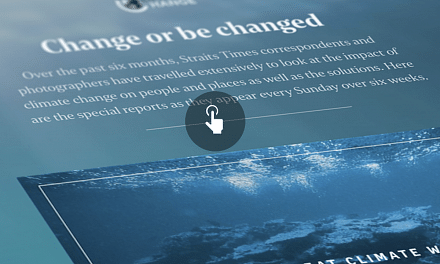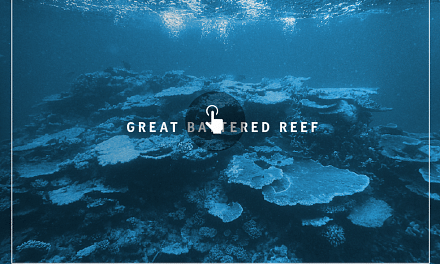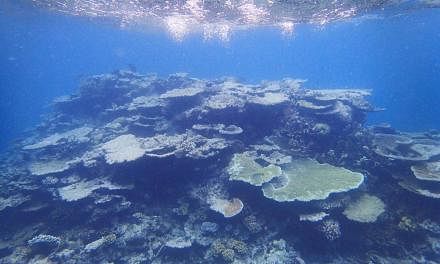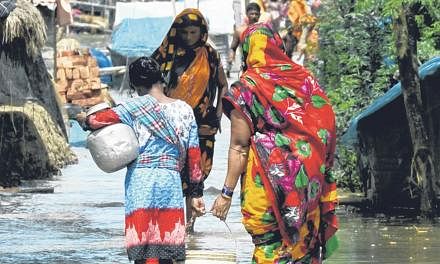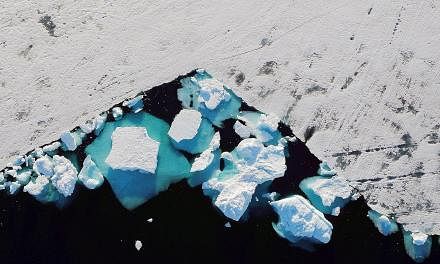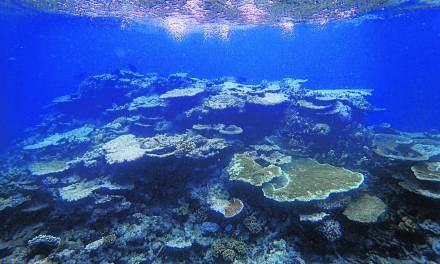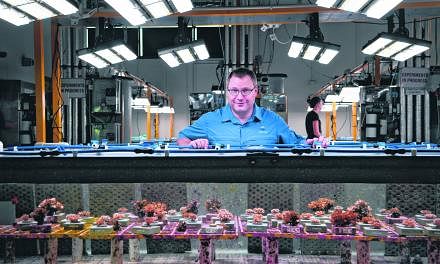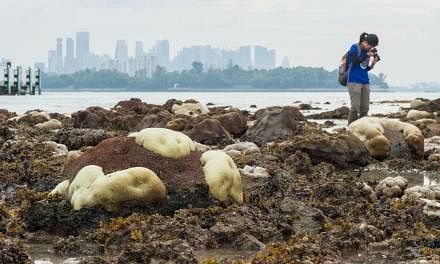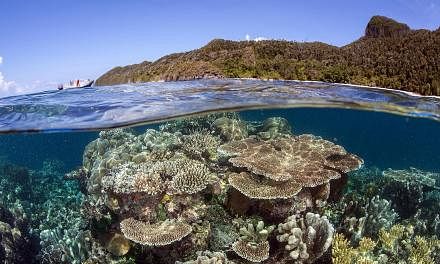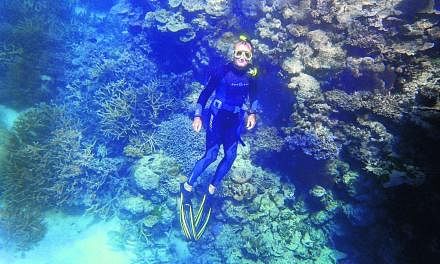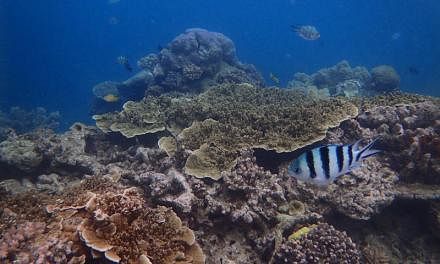Plans to safeguard Singapore's reefs

It is easy to see the impact of climate change on coral reefs in crystal clear waters.
In places such as Australia's Great Barrier Reef, where visibility can stretch beyond 10m, corals bleached of colour stand out like wounds in an otherwise colourful underwater garden.
But in sedimented waters like those surrounding Singapore, the sight of dying corals is easier to miss.
Bleaching occurs when abnormally high sea surface temperatures cause corals to expel the symbiotic algae living in them, turning the corals white and depriving them of a key source of nutrition. Prolonged bleaching could result in the corals dying.
With global warming linked to rising sea surface temperatures, bleaching is likely to continue posing a major threat to corals around the world.
Those in Singapore have already been affected by three major bleaching incidents in 1998, 2010 and 2016, with the most recent bleaching episode the longest on record, stretching from June to December that year.
All three years were El Nino years, referring to the weather phenomenon associated with hot and dry weather in this part of the world.
But the National Parks Board (NParks), custodian of Singapore's rich marine life, is taking steps to safeguard the Republic's underwater natural heritage.
NParks' strategies for dealing with the coral bleaching threat include monitoring local corals' response to bleaching and safeguarding locally rare species by moving them into controlled environments or deeper waters with stronger currents. Such waters could help reduce ultraviolet damage to bleached corals, and the stronger currents could provide a richer source of zooplankton for corals to feed on as well, said NParks.
NParks has already moved four species of corals, including the Gardineroseris planulata and the Plesiastrea versipora, to the Sisters' Islands off the southern coast of Singapore, and is monitoring their progress.
Another key feature of the national effort to ensure the long-term sustainability of corals in Singapore is to increase the number of individuals of each coral species.
This is done through NParks programmes such as Plant A Coral, Seed A Reef. With a donation, organisations or individuals can "plant" a coral fragment, or sponsor artificial structures on which marine organisms can grow.
Dr Karenne Tun, director for the coastal and marine division of NParks' National Biodiversity Centre, said: "This would (boost) the genetic diversity of each species, thereby strengthening their survival capabilities during extreme conditions."
In May this year, industrial developer JTC and NParks also announced that they will be creating an artificial reef habitat in the Sisters' Islands Marine Park in partnership with the local marine research and interest-group communities.
This will be done by pre-fabricating artificial reef structures off-site and sinking them into the waters to add additional reef areas to the marine park.
Join ST's WhatsApp Channel and get the latest news and must-reads.
A version of this article appeared in the print edition of The Sunday Times on October 21, 2018, with the headline Plans to safeguard Singapore's reefs. Subscribe

